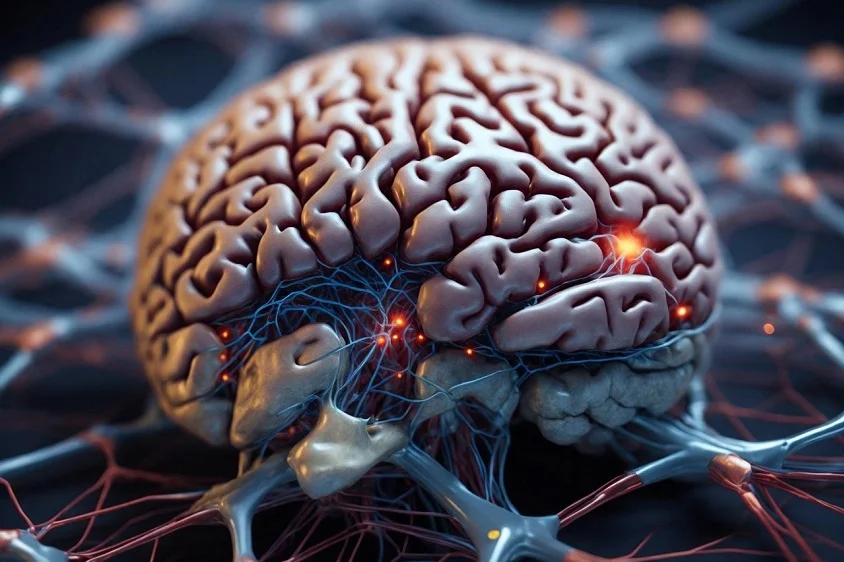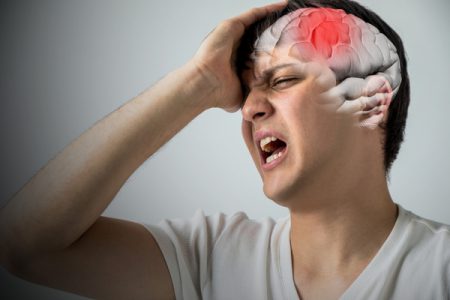Stroke is a leading cause of disability and death worldwide, but not all strokes are the same. Understanding the two primary types of stroke, ischemic and hemorrhagic, is critical because the diagnosis determines the treatment. A wrong treatment can be life-threatening, especially in the first few hours.
What is a Stroke?
A stroke occurs when blood flow to part of the brain is disrupted, leading to brain cell damage. This interruption can happen in two main ways:
- By a blockage (ischemic stroke)
- By bleeding (hemorrhagic stroke)
Each type has different causes, symptoms, and treatment approaches.
Ischemic Stroke: The Most Common Type
An ischemic stroke happens when a blood vessel supplying the brain is blocked, usually by a blood clot or fatty buildup (atherosclerosis). About 87% of all strokes are ischemic.
Causes
- Thrombosis: A clot forms in a brain artery
- Embolism: A clot travels from the heart or another part of the body to the brain
- Systemic hypoperfusion: Low blood flow due to shock or heart failure
Symptoms
- Sudden weakness or numbness (especially on one side of the body)
- Slurred speech or trouble understanding
- Loss of balance or coordination
- Vision problems in one or both eyes
Treatment: Time is Brain
The key medication in ischemic stroke is aspirin, given as soon as bleeding is ruled out.
- Aspirin: Reduces clot formation and prevents stroke progression
- Thrombolytics (e.g., tPA): In selected cases, clot-busting drugs are used within 4.5 hours
- Mechanical thrombectomy: For larger clots, a device may be used to remove the blockage
Important: Giving aspirin in a hemorrhagic stroke can worsen bleeding and increase the risk of death. This is why a CT scan or MRI is done immediately before starting treatment.
Hemorrhagic Stroke: Less Common, More Severe
A hemorrhagic stroke occurs when a blood vessel ruptures and leaks into the brain. This causes pressure and damage to brain tissue. It accounts for about 13% of all strokes but has a much higher fatality rate.
Causes
- High blood pressure (hypertension)
- Brain aneurysms
- Arteriovenous malformations (AVMs)
- Head trauma
- Blood-thinning medications
Symptoms
Symptoms may overlap with ischemic stroke but often include signs of increased pressure or bleeding:
- Sudden severe headache (“worst headache of life”)
- Vomiting
- Seizures
- Loss of consciousness
Treatment: Supportive Care Only
There is no role for aspirin or clot-busters in hemorrhagic stroke. Treatment focuses on managing symptoms and preventing further complications.
- Blood pressure control
- Monitoring and managing brain swelling
- Surgery in some cases (to drain blood or relieve pressure)
- Critical care and rehabilitation support
Why Differentiating the Two Matters
Giving the wrong treatment can be fatal. For example:
- Giving aspirin to a patient with a hemorrhagic stroke may increase bleeding
- Delaying aspirin in ischemic stroke may result in preventable brain damage
This is why brain imaging, typically a CT scan, is the first step before initiating any stroke therapy.
Final Takeaway
Here is a quick summary to remember:
| Type of Stroke | Cause | Treatment | Risk of Wrong Treatment |
| Ischemic | Blocked artery | Aspirin, thrombolytics, thrombectomy | May worsen if not treated quickly |
| Hemorrhagic | Ruptured artery/bleed | Supportive care only | Aspirin or tPA may be fatal |
Recognizing stroke signs early and seeking emergency care is vital. But equally important is the medical team’s ability to accurately diagnose the type of stroke before beginning treatment.
If it’s ischemic, think aspirin.
If it’s hemorrhagic, think caution and support.







